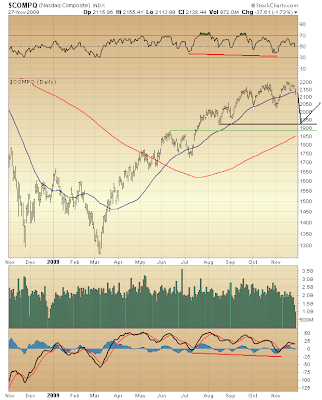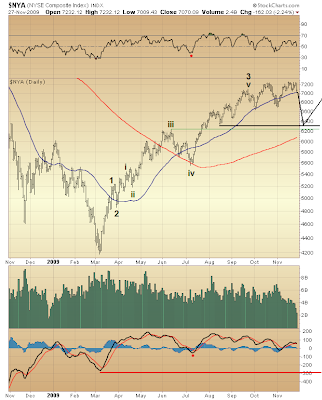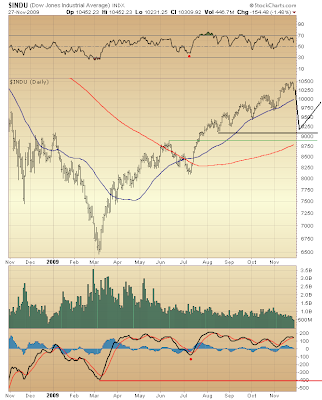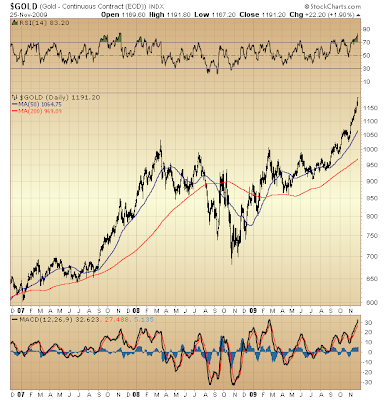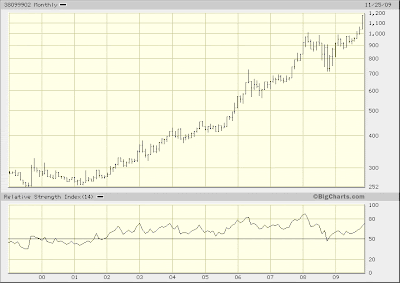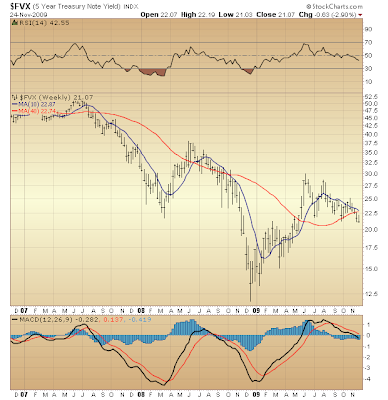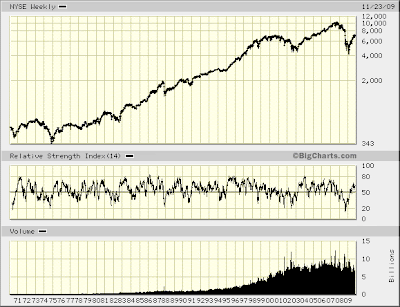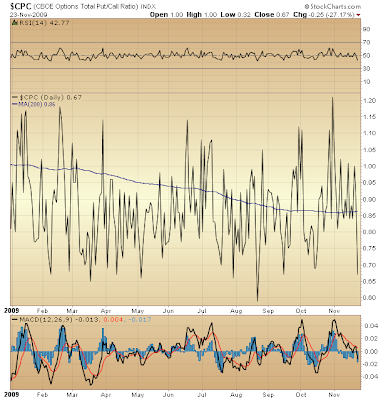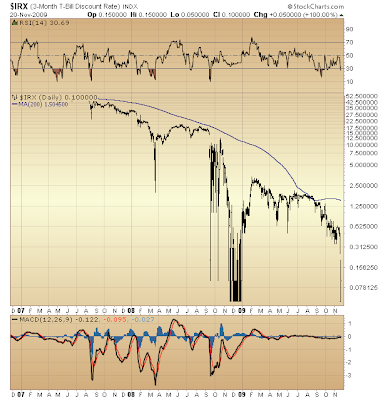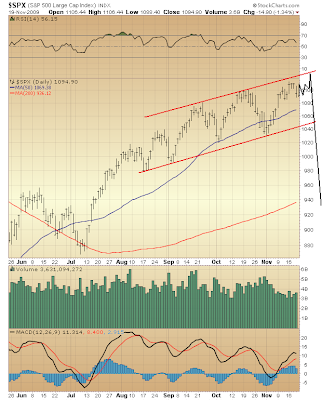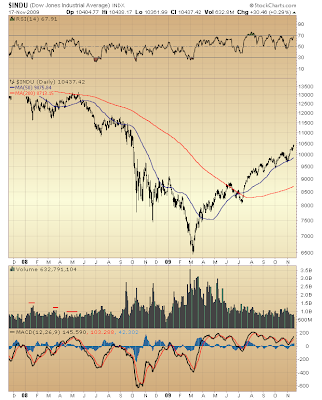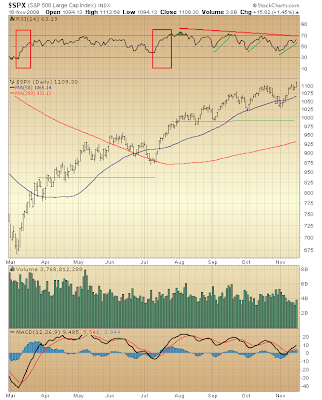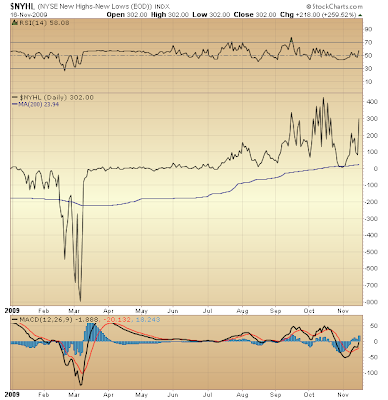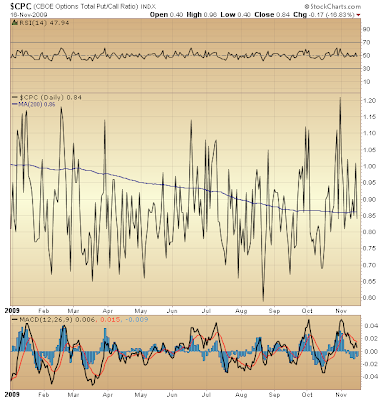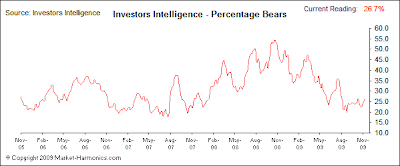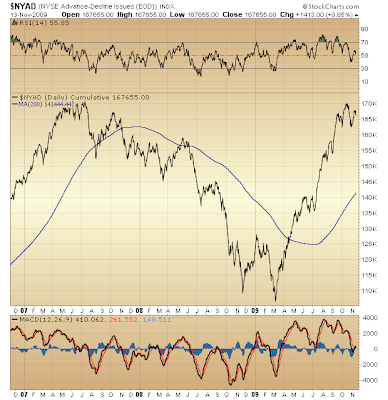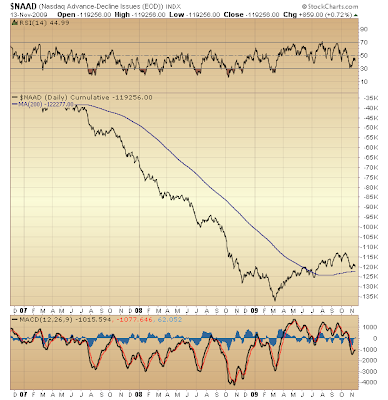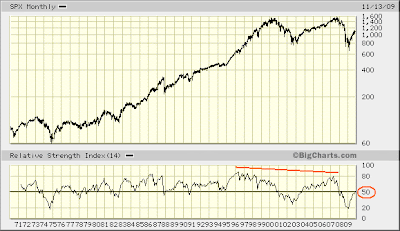I guarantee a light bulb will ignite in your mind the minute you read what I am about to ask you...
Back in May I wrote about the three phases of a bear market. These three phases are denial, panic and capitulation. Much like Elliott Wave Principle formulations, each of these three phases will possess some measure of the same three phases in kind.
So, tell me, which of these three did you see in great abundance today, and this no less in the midst of growing risk of sovereign debt default that, late last week suddenly moved onto the global stage, front and center? How many times today did you witness those various lap dogs among the more pliant and accommodating, less penetrating financial press perform their now well-rehearsed Alan Schwartz, "all is well" routine?
Ding dong ... HELLO! The state of denial among those who refuse to acknowledge the global financial system's complete bankruptcy is as vivid as a rainbow set upon a backdrop of dark storm clouds. I mean you literally have to be blind not to see!
Listen, as long as this growing risk of sovereign debt default is not recognized for what it really is — a reflection of the ultimate impotence of every lender of last resort to effectively deal with a gigantic mess that to this very day continues spiraling out of control — chances are the current state of denial will persist ... until some major link in the still terribly weakened global financial chain invariably gives out, turning today's denial into some tomorrow's colossal panic. Mark these words.
Now, before I present a laser-focused dose of objective evidence suggesting the stock market is on the verge of cratering, let's consider the implications of Ben Bernanke's magnificent bluff appearing in yesterday's Washington Post...
Question: why so publicly respond to growing Congressional mistrust toward the Fed's role in bailing out hopelessly bankrupt financial institutions — the very condition the Fed (Greenspan), indeed, should have prevented from ever existing in the first place? Why provoke even more indignation than already is likely to surface during Bernanke's upcoming Senate confirmation hearings later this week? You don't suppose Mr. Bernanke is unaware of foul treatment Treasury Secretary Geithner recently received, or of growing calls for the Treasury Secretary's resignation? Why, then, feed into exploding Congressional resentment rather than quietly seek to contain it?
Answer: what's the harm lashing out when you've got nothing to lose (because, in fact, all is lost)?
And so, an awful manifestation of present fundamental reality, tearing at fragile confidence, meets a foreboding technical state existing within the key sector at the very core of our still unfolding, contemporary global disaster: Financials...
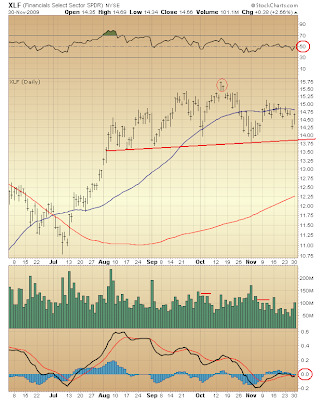
You simply could not ask for a more ominous technical picture than the Financials Select Sector SPDR currently presents.
First observation is these past two days appear a microcosm of trading during the week of September 15-19, 2008, following Lehman Brothers' bankruptcy. The fact that, both relative strength (RSI) and momentum (MACD) are languishing on the sell-side of their respective ranges all the more raises probability the Dubai World default shares some significant similarity to last year's Lehman Brothers shock.
Further, a head-and-shoulders top — a distribution pattern — appears to be forming ... with volume accompanying formation of the right shoulder coming in lighter than that accompanying formation of the head. This is textbook Edwards and Magee. So, should elevated volume accompany downside penetration of the neckline, XLF's head-and-shoulders top will be confirmed. Subsequent decline following a prospective, upcoming neckline penetration projects a minimal objective in the vicinity of XLF's 200-day moving average.
Finally, an island reversal occurring at the very top of the head is like a desert cherry. Or is it a cherry bomb?
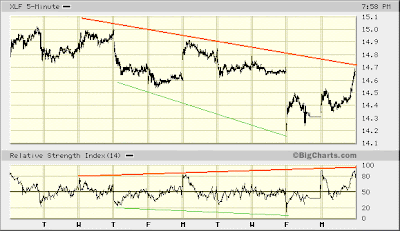
RSI confirming on the sell-side and diverging on the buy-side ... while over the past two days wildly swinging from one extreme to the other ... heightens probability Dubai World lit a fuse that is about to explode and tear apart the Financials Select Sector SPDR.
The message is plain and simple. But deny it fools will...

* * * * *
© The Risk Averse Alert — Advocating a patient, disciplined approach to stock market investing. Overriding objective is limiting financial risk. Minimizing investment capital loss is a priority.
Analysis centers on the stock market's path of least resistance. Long-term, this drives a simple strategy for safely investing a 401(k) for maximum profit. Intermediate-term, investing with stock index tracking-ETFs (both their long and short varieties) is advanced. Short-term, stock index options occasionally offer extraordinary profit opportunities when the stock market is moving along its projected path.
Nothing is set in stone. Nor is the stock market's path of least resistance always known. More often than not, there are no stock index option positions recommended.
 There's an easy way to boost your investment discipline...
There's an easy way to boost your investment discipline...Get Real-Time Trade Notification!
